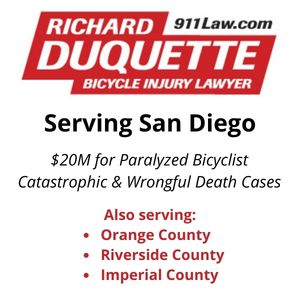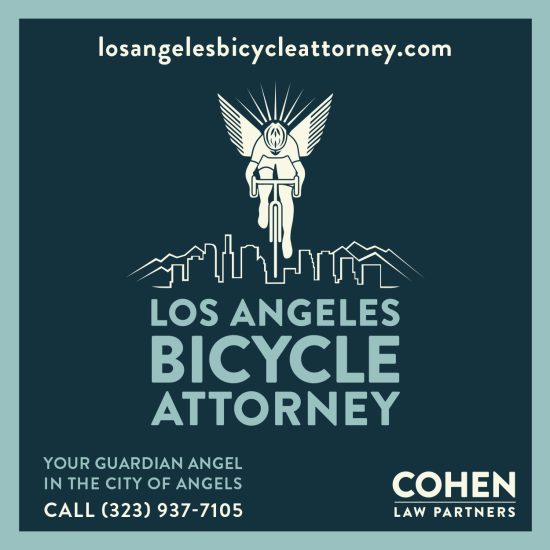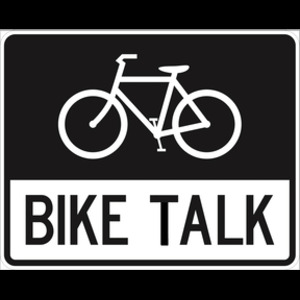
Now it makes a little more sense.
As if anything so random and violent could ever make sense.
The Daily Pilot is reporting that Vanroy Evan Smith was diagnosed with a mental disorder over two years before he allegedly murdered Dr. Michael Mammone — attacking first with his car, then finishing the job with a knife.
According to a child custody petition filed by Smith’s ex-wife, he was diagnosed with paranoid schizophrenia and bi-polar disorder following a meltdown in December, 2020.
Yet Smith was allowed to retain his driver’s license despite his illness.
Dr. Mammone apparently paid the price for that when Smith ran down his bike from behind, in what looks to be a deliberate, high-speed crash on PCH in Dana Point. He then got out of his car and repeatedly stabbed Mammone, who died hours later in the same emergency room where he sometimes worked.
Federal law would have prevented Smith from owning a gun with his illness. Yet he was somehow allowed to own and operate a motor vehicle, which became a deadly weapon in his hands.
Now the question is whether he will be found competent to stand trial, which will likely determine whether he gets treatment for his illness. Or spends the rest of his life in jail.
Or, hopefully, both.
………
Not surprisingly, the LAPD paints a different picture from what we got yesterday about the police shooting of a man riding a bicycle in LA’s Van Nuys neighborhood.
According to a press release from the department, the victim was wanted on an outstanding warrant for murder, and was also a suspect in an assault with a deadly weapon, when officers spotted him riding his bike Tuesday afternoon.
The officers drove alongside the victim, ordering him to stop, when he somehow “made contact with the patrol car’s passenger side mirror,” which caused him to get off his bicycle and flee on foot.
In other words, he fled after they hit him with the car’s mirror.
One of the officers pursued him on foot, at which point the man allegedly pulled a ghost gun out of his pants and pointed it at the officer, who fired, striking him.
He was treated at a hospital, and released into police custody, suggesting his wounds were not serious.
That’s the official version, anyway.
Whether we ever learn more depends on whether the patrol car and bodycam video is released.
………
We have a veritable feast of open streets events coming up in the next few months.
The years first CicLAvia is just over two weeks away now, as SoCal’s most popular open streets event visits The Valley on February 26th.
That’s followed less than two months later by the just announced Mid-City to Pico Union route, with 626 Golden Streets coming to the San Gabriel Valley just a week later.
And don't forget, a week after the April 16 #CicLAvia is @ActiveSGV's #626GoldenStreets on April 23 from #SanDimas to #Claremont!https://t.co/DrrQwQbWuX
— Militant Angeleno (@militantangleno) February 10, 2023
………
StreetsLA broke ground on the new Chandler Bicycle & Recreation Area.
Although that’s not a project I’m familiar with, and one that doesn’t seem to be posted online yet.
Today was the groundbreaking ceremony of the Chandler Bicycle & Recreation Area with our General Manager Keith Mozee, #CD2 Council Member @PaulKrekorian @LACityDPW President Aura Garcia, @LADOTofficial & North Hollywood Neighborhood Council. pic.twitter.com/7rtI4SHX1Y
— StreetsLA (@BSSLosAngeles) February 10, 2023
Thanks to Ravener for the heads-up.
………
Streets For All posted video of Wednesday’s virtual happy hour featuring LA County Supervisor Lindsey Horvath.
………
Police in New York are looking for a man who hit a bike rider in the face with a U-lock following a public argument, then fled the scene on the victim’s ebike.
………
Local
The Claremont Courier asks if the east LA County college town is safe to walk or ride a bike in, as the state ranks it in the bottom 20% of similarly sized cities for traffic deaths and injuries; meanwhile, a new advocacy group is working to change that.
Billions actress Malin Akerman is one of us, as she gave her son a ride to school on her fat tire ebike.
State
Streetsblog says don’t hold your breath on California’s long-delayed ebike rebate program, which has been put off until at least April.
This is the story we all need right now. Momentum lists five sunny, bike-friendly cities for a winter bicycling vacation, including Santa Barbara and San Diego.
National
Cycling Savvy offers advice on how to stay safe when you ride fast, even if you didn’t mean to.
Sales for MIPS helmets dropped 46% in the fourth quarter of 2022 compared to the previous year, reflecting a 50% decline in bike helmet sales.
A new study shows the benefits of bicycling are more than physical, enhancing the brain’s cognitive abilities, and could benefit kids with Attention Deficit Hyperactivity Disorder.
The third generation Fly6 rear-facing bike cam and taillight is on sale now, which allows you to record the drivers coming up behind you. You know, just in case. Although I’m surprised to see it get a middling 2.8 review score on a five-point scale.
Vox considers how to go carfree in Middle America. Or car-light, anyway.
Salt Lake City officials issued an arrest warrant for a hit-and-run driver who hasn’t been seen since he ran down two boys riding an ebike, seriously injuring one boy; the victims weren’t found for 18 minutes following the crash.
CityLab says Denver’s highly successful ebike rebate program will improve safety by creating an army of bike lane advocates.
Speaking of Denver, a pro-labor candidate for mayor plans to visit all 78 of the city’s neighborhoods by bike in just five days. So when was the last time a candidate for mayor of LA even got on a bike? Not in my 30+ years here, anyway.
The Minnesota legislature is honoring a longtime transportation advocate who lost his battle with cancer last year with a bill to improve safety for bike riders and pedestrians, with an emphasis on Safe Routes to Schools, funding sidewalks and bike lanes, and a stop as yield law for bikes.
Maine is getting on the ebike bandwagon with a proposal to add ebikes to the state’s EV rebate program.
Massachusetts custom carbon framemaker Parlee Cycles went belly up, filing for chapter 11 bankruptcy protection.
Seriously? Attorneys for confessed vehicular terrorist Sayfullo Saipov say the decision to seek the death penalty was based on possible ethnic or religious discrimination, not murdering eight people on a Manhattan bike path.
Good news from Atlanta, where the autistic man we mentioned yesterday who had his bike stolen now has a new one, thanks to a kindhearted lawyer whose firm replaced the man’s bike with the same carbon-fiber Trek he had before. Along with a much better lock. A reminder that no matter how bleak the world seems at times, there are a lot of kindhearted people out there.
International
Toronto voted to make a pair of popup bike lanes permanent, despite claims by residents that they resulted in increased gridlock.
A British member of Parliament says she was lucky to walk, or maybe limp, away from a crash while riding her bike home to her London neighborhood, after a driver made an illegal left turn.
France has extended their rebate on bicycle purchases for another year, while raising the financial threshold to qualify.
Competitive Cycling
Scotland’s Stirling Castle is lit up in the colors of cycling’s governing body to mark the six-month countdown to the world championships in the country.
Finally…
That feeling when you ditch your bike for a stolen tow truck, then crash it into an auto parts store. Your next purchase from electric truck maker Rivian could be an ebike.
And that feeling when getting hit by a driver may have saved your life.
………
Be safe, and stay healthy. And get vaccinated, already.
Oh, and fuck Putin, too.















